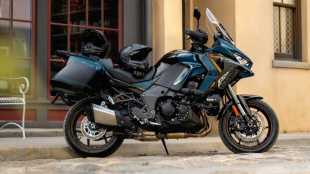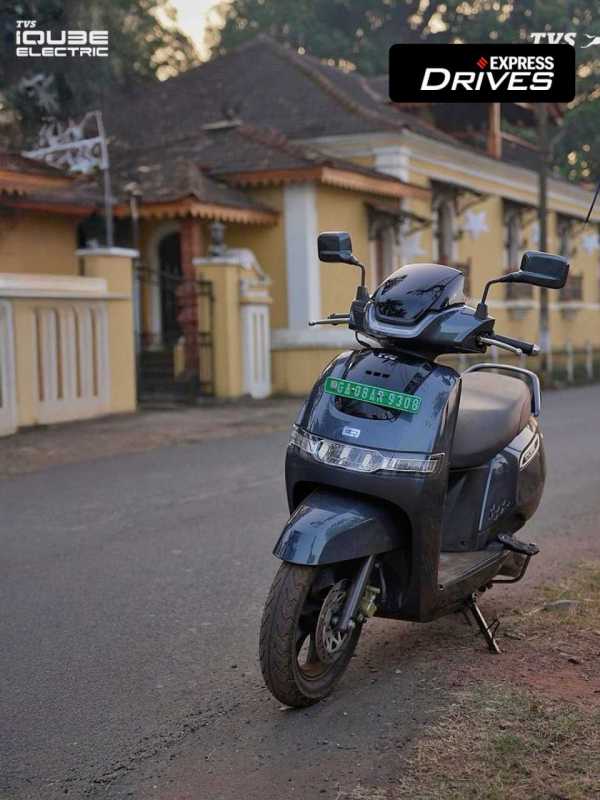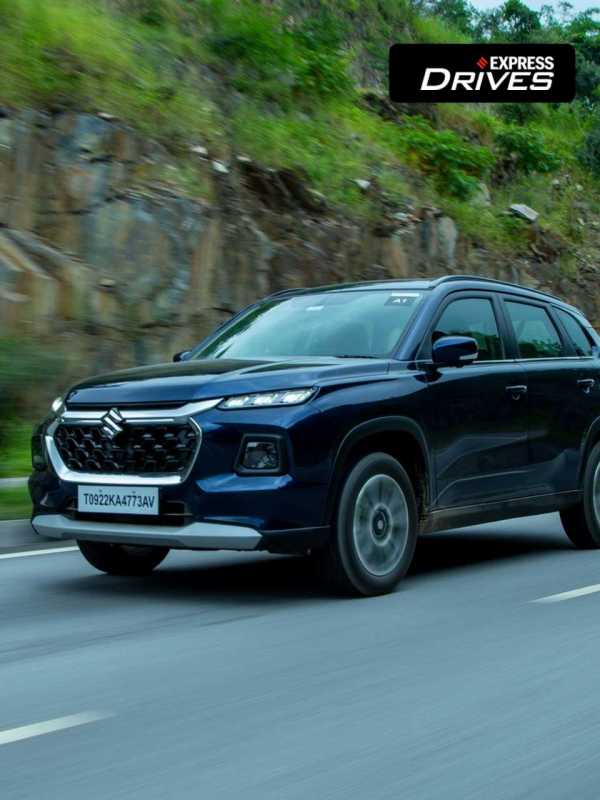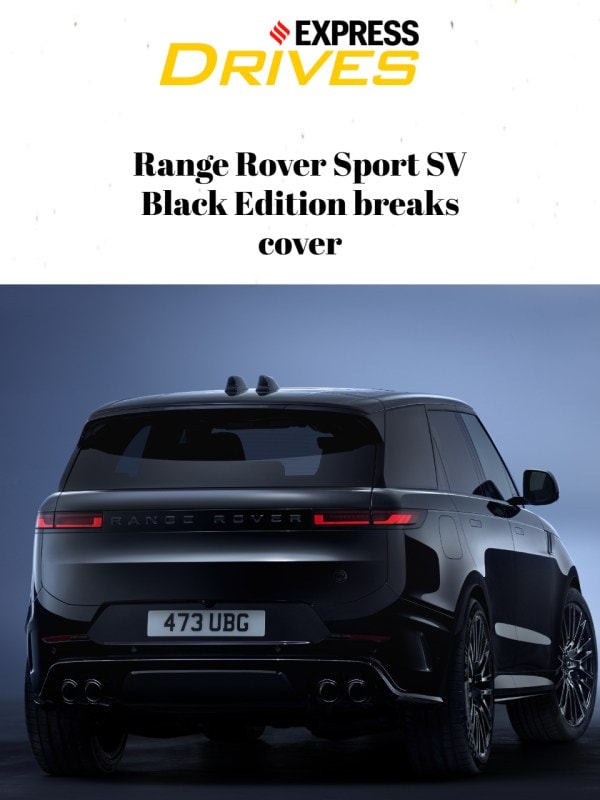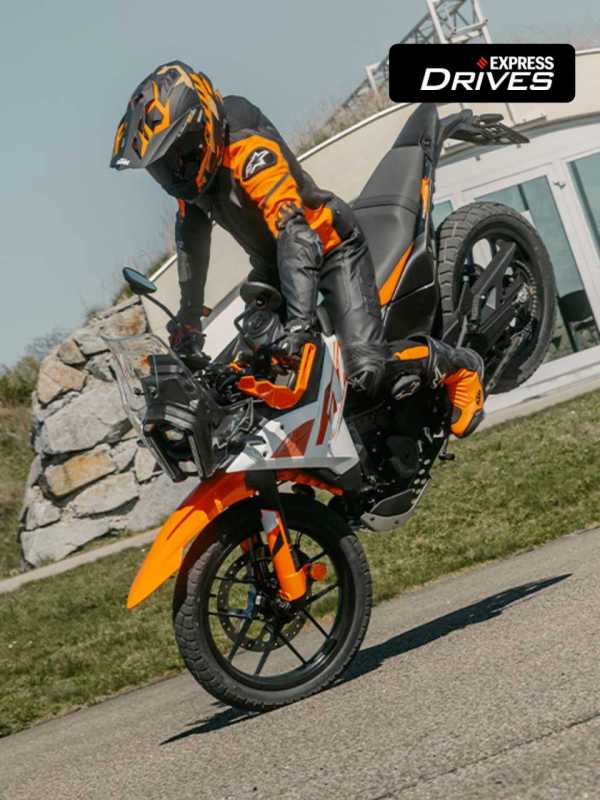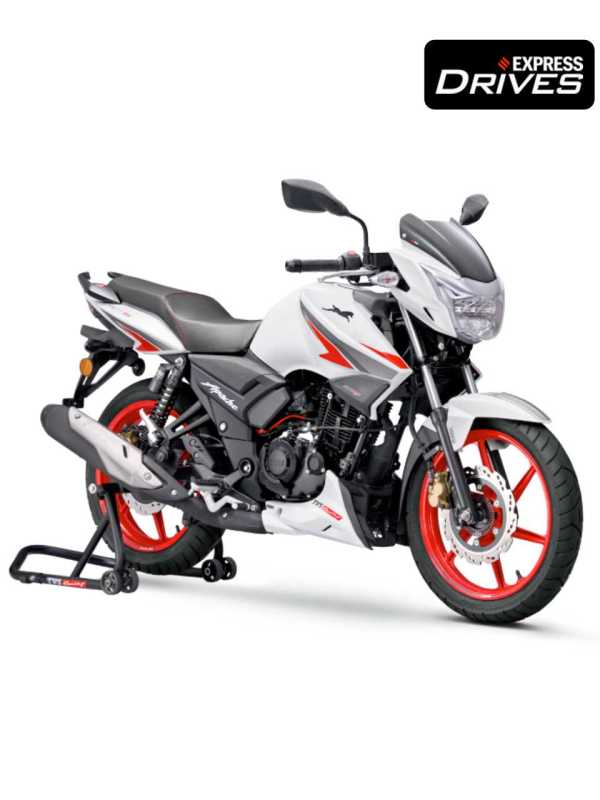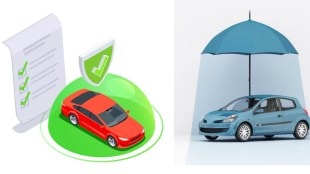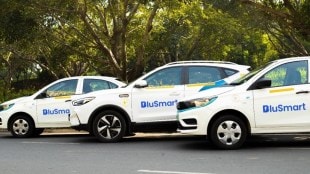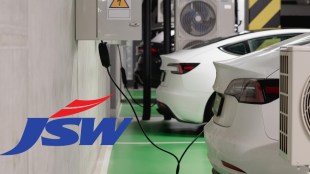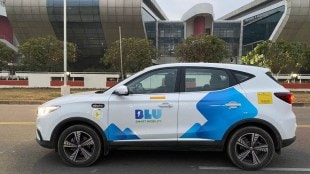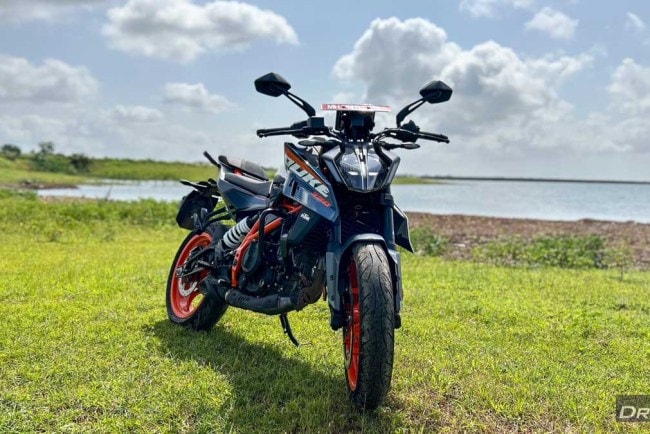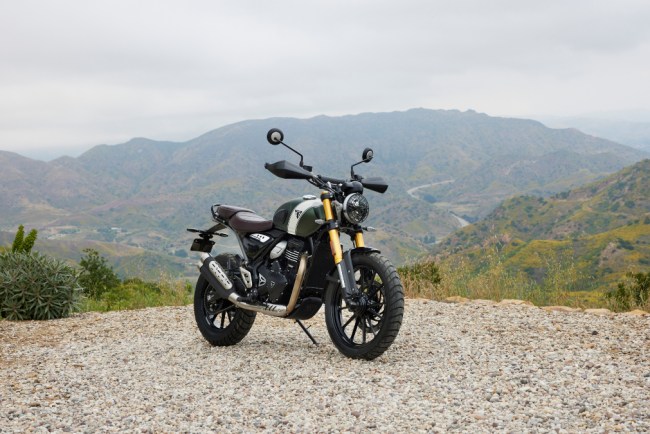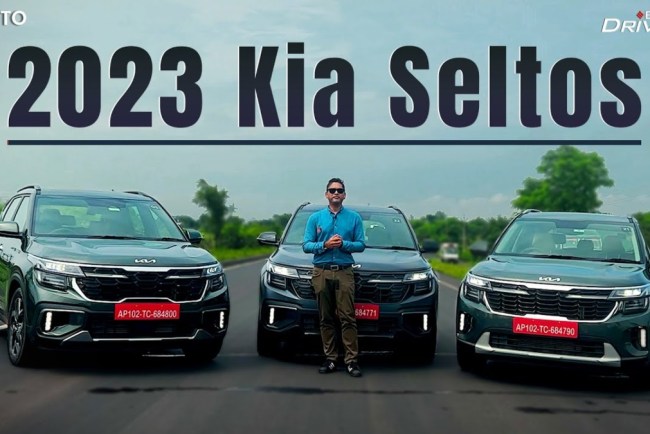The automotive supply industry has been going through some tough times over the last three years, ever since the Covid-19 pandemic broke out. While demand on most accounts has outgrown pre-pandemic levels, unfortunately supply hasn’t been any close to the requisite mark.
Despite the prevailing challenges, Lumax Auto Technology, a key player in the supplier industry, believes it is a great phase for the Indian automotive market. A subsidiary of the DK Jain Group, Lumax Auto has forged nine joint ventures including Lumax Mannoh and Lumax Jopp, both offering solutions to transmission setups in an automobile.
Lumax Auto: supplier to key OEMs
Currently, Lumax Auto and its JVs supply components to all major OEMs including Maruti Suzuki, Mahindra, Honda, Skoda, Volkswagen, etc. While Lumax Mannoh, an Indo-Japanese JV, concentrates on manufacturing gear shifters including knobs for auto OEMs, Lumax Jopp, an Indo-German alliance, focuses on manufacturing and assembly of shift towers and transmission internals.
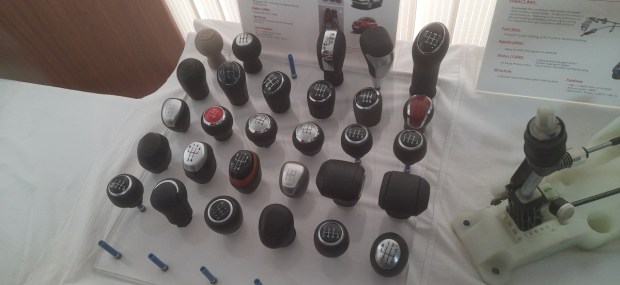
With a presence of 23 plants and 2 engineering and design centres in India, Lumax Auto has established its presence in the automotive component industry over the last few decades. We recently got an opportunity to visit a joint facility of Lumax Auto and its subsidiaries in Manesar, Haryana.
The joint facility in Manesar is a manufacturing, R&D and designing hub for auto components like gear shifters and gear knobs. During our visit, we witnessed Lumax Auto’s wide range of products on display.
Interaction with Vikas Marwah, CEO, Lumax Auto
We also got a chance to interact with Vikas Marwah, CEO, Lumax Auto Technologies, and got his opinion on multiple aspects including the prevailing challenges in the Indian automotive industry, both in the internal combustion engine (ICE) and electric vehicle (EV) segments; headwinds in the supply chain, etc.
Speaking on transition to electric mobility, Marwah said, “Electric mobility, what we are seeing right now is taking its first major steps, largely still in the two-wheeler space. Because we are currently not even manufacturing half a million electric cars a year in the country. The first major achievement of the entire four-wheeler segment will come when we start approaching the million mark which still looks about three years away.”
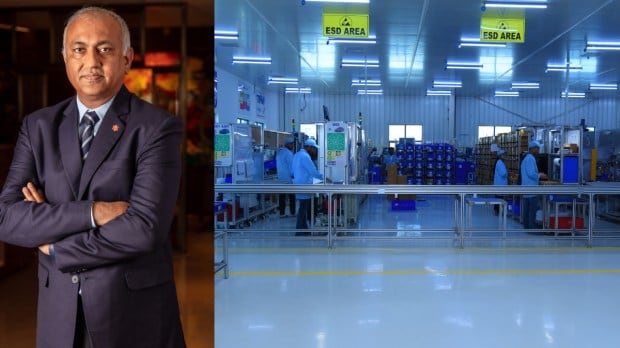
Marwah sounded confident about the impact of the ongoing EV revolution stating that the product range and infrastructure of Lumax Auto is EV agnostic capable enough to support the next round of the battery mobility revolution.
“Most of our product line, if you see in the Lumax Auto portfolio, are EV agnostic. Perhaps only one or two products could come in, which currently contribute less than 10 percent of our total revenue, around 5 percent of our total revenue. And these are like the pure emission product that I’m talking about,” said Marwah.
Marwah had a guarded response when asked if the current supply industry has the capability to match the demand in both the ICE and EV segments in terms of scale, and if both the segments can co-exist in the coming future.
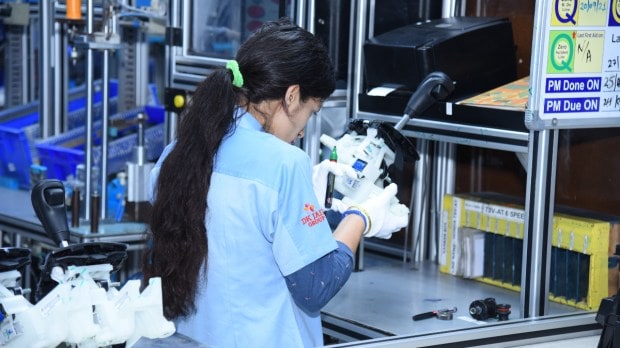
He said, “The current supply chain is still managing supply to 90 percent of the ICE based industry only. I think the global tier ones suppliers have probably started de-risking themselves from the ICE segment. Currently the Indian tier ones like us, continue to travel that path along with the OEMs the way we are being given the projections.”
Marwah was also appreciative of the Government’s stance on encouraging local EV manufacturing by implementing the PLI scheme across the country. Lumax Auto presently has seven products under the different categories of the PLI incentive list, that should continue to keep the company interested in looking at newer opportunities.




